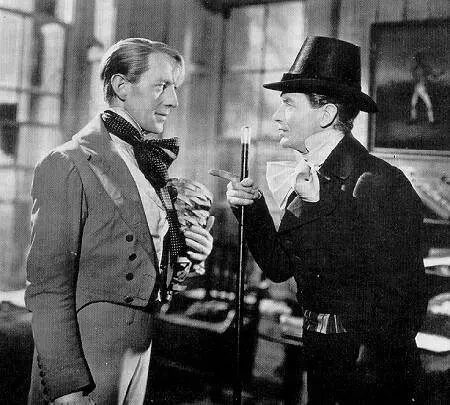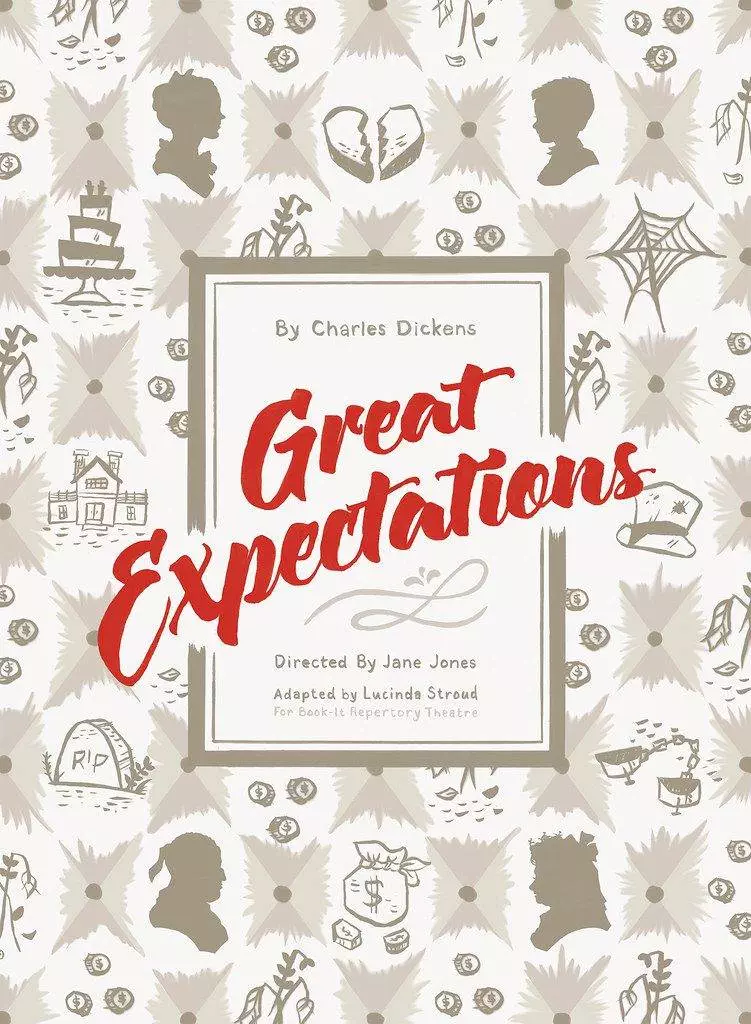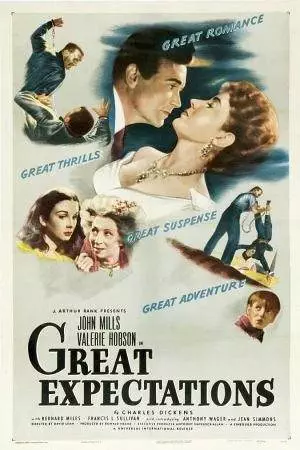Charles Dickens’ classic novel Great Expectations tells the story of Pip, an orphan boy who goes from humble beginnings to a life of fortune and status. Yet the journey teaches Pip many valuable lessons that resonate with readers to this day. Often considered Dickens’ finest achievement, Great Expectations is a profound coming-of-age story.
Table of Contents
Plot Summary
Set in the 19th century England, the story follows the life of Pip, a young boy who hails from the humble marshes and finds himself unexpectedly propelled into London’s high society. Pip’s early years are spent in the company of his kind-hearted sister and her husband Joe, a village blacksmith, whose simple existence is abruptly disrupted when Pip encounters an escaped convict and is forced to aid him.
This chance encounter sets in motion a series of events that forever alter Pip’s trajectory. After assisting Miss Havisham’s adopted daughter, Estella, when she sustains an injury, the wealthy and reclusive Miss Havisham takes an interest in Pip. Despite his lowly origins, Pip finds himself inexplicably drawn to the haughty and aloof Estella, harboring a deep-rooted love for her that she consistently rebuffs with cold indifference.

Pip’s life takes an unexpected turn when a lawyer named Jaggers arrives, bearing the news of a mysterious benefactor who has pledged to fund Pip’s education and facilitate his entry into the elite circles of high society. Leaving his humble beginnings behind, Pip relocates to London, where he forges a friendship with Herbert Pocket and immerses himself in the fashionable life, ashamed of his past and the people who once shaped his existence.
In a shocking twist, it is eventually revealed that Pip’s enigmatic benefactor is none other than the convict he had aided in his youth – Magwitch, who has returned to England illegally. Despite the inherent danger, Pip secretly aids Magwitch, a decision that ultimately culminates in Magwitch’s capture and imprisonment, where he meets his tragic end, bequeathing his fortune to Pip.
Pip’s dreams of marrying Estella are shattered when she chooses to wed another man, leaving him to grapple with the harsh realities of life. Matured by his trials and tribulations, Pip returns to his roots, apprenticing under Joe and embracing the friends and community he had once forsaken in his pursuit of social ascension.
Themes and Analysis
Key themes in Great Expectations include:
- Ambition and moral corruption
- Illusions of class and status
- Guilt, atonement and moral redemption
- Love and rejection
- Loyalty and betrayal
- Justice and innocence
Dickens examines ambition’s corrupting influence and redemption through suffering. Pip serves as a flawed everyman who gains wisdom by experiencing the illusions surrounding status and wealth. Dickens’ social commentary on injustice and redemption reflects his own childhood trauma.
Background and Charles Dickens
Charles Dickens was born in England in 1812. When he was 12, his father was imprisoned for debt and Dickens was forced to work at a shoe polish factory. The plight of the poor and oppressed became frequent themes in his writing.
Great Expectations was published in 1860-61 in Dickens’ journal All the Year Round. Key context includes:
- England’s Industrial Revolution creating economic inequality
- Debate between nobility by birth versus self-made success
- Dickens’ calls for social reforms to aid the disadvantaged
- Autobiographical inspirations in Dickens’ traumatic childhood
Dickens became renowned for vivid characters, humor and social criticism. His fame as a novelist was unprecedented in Victorian England. Great Expectations marked the peak of his genius.
Analysis of Characters
Pip – The protagonist. His journey from innocence to corrupting ambition and finally redemption is the moral heart of the novel.
Estella – Pip’s unattainable love interest, adopted and raised by Miss Havisham to break men’s hearts. Represents wealth and status.

Miss Havisham – Wealthy eccentric whose life stopped when she was jilted. She vindictively grooms Estella to avenge men. A flawed maternal figure for Pip and Estella.
Abel Magwitch – The convict whose secret funding of Pip’s life leads to revelations. His loyalty to Pip redeems him.
Joe Gargery – Pip’s brother-in-law and surrogate father whose goodness contrasts Pip’s shame over his roots.
Mr. Jaggers – Pip’s lawyer whose ornate crust hides a strong sense of justice and duty.
Influence and Significance
Great Expectations exerted great influence on literature, including:
- Pioneering semi-autobiographical Bildungsroman (coming-of-age novel)
- Inspired 20th century modernist depictions of alienation and moral decay
- Crafted archetypal characters like Pip and Miss Havisham
- Evocative scenes like Miss Havisham’s banquet are iconic
- Social commentary on class and ambition’s corrupting power
- Realism of Dickens’ settings influenced fiction
- Use of first-person retrospective narrative
- International popularity through translations
- Numerous adaptations to film, television, theatre
- Esteemed as Dickens’ masterwork and one of the finest English novels
Why Read Great Expectations
Reasons why Great Expectations is an enduring classic include:
- The memorable first-person voice of Pip as narrator
- Timeless coming-of-age story of moral education
- Colorful characters like Miss Havisham and Magwitch
- Powerful social commentary on class and ambition
- Reflection of Dickens’ own experiences
- Gripping scenes like the convict encounter, Satis House, and the ruined wedding banquet
- Cliffhangers and revelations that keep readers hooked
- Finebalance of drama, comedy, romance, and moral philosophy
- Remarkable realism of settings like the marshes or London
- Redemptive themes of conscience and moral renewal
Conclusion
Charles Dickens’ Great Expectations remains a beloved literary masterpiece. Pip’s journey of temptation, corruption and redemption has resonated with readers for over 150 years with its memorable characters, moral wisdom and colorful depictions of 19th century England. Dickens’ finest novel continues to inspire adaptations and exert influence today as a coming-of-age classic.



1 Comment
Pingback: The Evolution of the English Novel: From 18th Century to Modern Day - LitGram by MukeshRishit